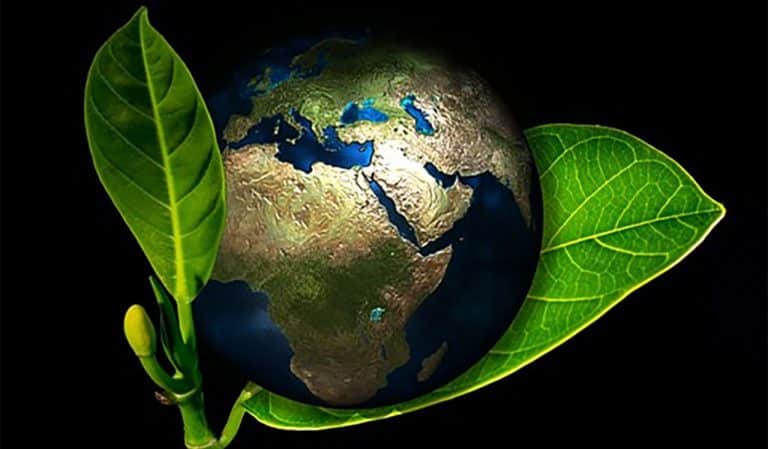One of the biggest challenges that need to be addressed with regard to climate change is the damage caused by plastic waste. Businesses working in almost every industry are rethinking how plastics are made, used, and discarded, with new ideas urgently needed to reduce the impact it continues to have on the planet. Here we look at some of the solutions to the plastic waste problem to see what is being done to make these all-important changes.
Contents
How big is the plastic waste problem?
According to the UK government, an average of 5 million tonnes of plastic packaging is used every year. When you include the word, this rises to billions of tonnes of plastic that are being produced, with a large amount being dumped and left unrecycled.
Of course, not all of this is a result of industrial packaging, although a proportion of it most certainly is. Plastic is used in all types of products and depending on the type of plastic, it can take anywhere up to 200 years for it to fully decompose.
Increase recycling
Recycling will play a huge role in reducing the amount of plastic waste being produced, offering a sustainable alternative to landfill. However, our current recycling systems need to be vastly improved to cope with the amount of plastic currently being produced. Quite worryingly, the Organisation for Economic Co-operation and Development conducted a survey in early 2022 that revealed plastic production will double by 2040 if it continues its current trajectory.
Changing consumer behavior
While the bulk of the responsibility lies with major corporations and industries to offer solutions to the way plastic is used in the manufacturing process, there are also some things consumers can do to help. Reducing the use of single-use plastics like water bottles, plastic bags, straws and similar will mean less plastic is thrown away after being used once. Avoid items that contain microbeads (that are found in some body washes and toothpaste) as this has become a growing source of concern for ocean pollution.
Ocean cleaning
The largest accumulation of plastic in the oceans is known as the ‘Great Pacific Garbage Patch’ which is located between California and Hawaii. When measured in 2018, it was found to be three times the size of France, with 80,000 tonnes of waste. Dutch engineers launched a system called System 001, which is 600m long and collects plastic in a 3m deep skirt. Update versions of the system were launched and opened the possibility of larger-scale systems being used on oceans around the world to help remove some of the huge amounts of waste.
Biodegradable packaging
The packaging industry continues to innovate and find new and sustainable packaging solutions that can be used for products. One of the most exciting is partially biodegradable shrink wrap [GS1] which is made from renewable materials such as sugar cane. It is compostable, recyclable, and or biodegradable and compared to conventional plastic films, more effective when used in lower volumes.
The types of products are more eco-friendly than polypropylene wrap films and with the inclusion of OPRL (On-Pack Recycling Label) labeling, businesses are becoming more aware of the best ways to dispose of the material. Bioplastics that biodegrade or break down into much smaller pieces, or are plastics made from renewable, organic biomass sources (corn starch or vegetable fat and oils, for example) offer a more sustainable route away from our overreliance on traditional plastics.
Stronger legislation
The UK government also has a key role to play in helping to reduce the large amounts of plastic waste affecting the environment. The current target is to eliminate all “avoidable” plastic waste by 2042 and in the meantime work towards only recyclable, reusable, or compostable plastic being available on the market by 2025.
A plastic packaging tax (on anything with less than 30% recycled plastic) has been announced, along with a deposit return scheme and plans to ban single-use plastics. Some believe the government needs to go much further to change manufacturing and consumer attitudes, given how entrenched the use of plastic has become over the past half a century.
Transform your product packaging
Many organizations are looking for ways to evolve and update their packaging to more sustainable packaging solutions. This could include using modern efficient shrinkwrap packaging machinery and next-generation packaging materials. The truth is there are many different potential solutions to the packaging waste problem, but there are no easy options. In the future producers and consumers will need to work together to identify the most effective options to solve the plastic waste problem.

